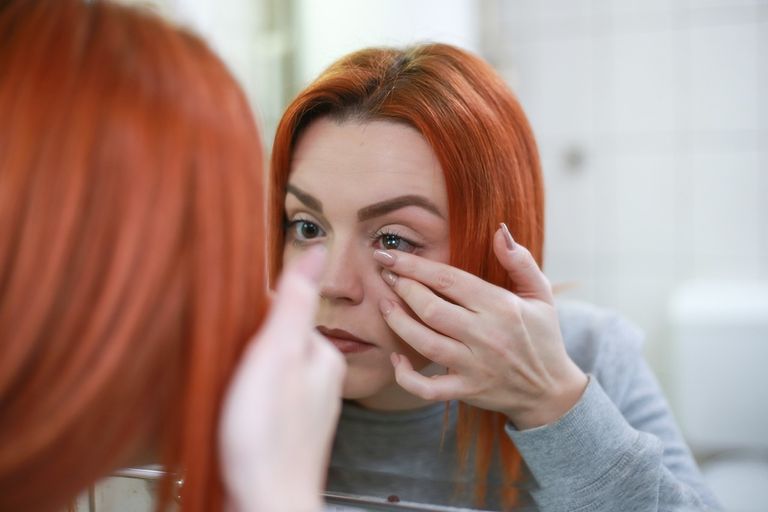
Image Credits: slavoljubovski, at Pixabay
Soft contact lenses are made up of flexible plastic called the hydrophilic. When soft contact lenses are used, they absorb water in the eyes (hence they are termed as hydrophilic) and become pliable and soft. The nature of the soft contact lens makes it possible to fit perfectly on the eyes.
Soft contact lenses are popular because they are used in the correction of vision and the property to contour comfortably to almost all the eyeballs without any problem, due to the right fit of the soft contact lenses and as they do not pop up like the rigid lenses.
Soft contact lenses offer wide range of solutions to conditions like near or far sightedness, bifocal vision problems and colored ones. A specialized type of soft contact lens is available these days to even reshape the cornea during nightwear. This makes the wearer to get a clear vision without even wearing the contact lenses during the day.
The main disadvantage is that it is not a permanent solution and has to be worn compulsorily every night for good sight next day. Soft contact lenses protect the eyes from protein or lipid deposits and bacterial or fungal growth.
Soft lenses mold well on the eyeball, hence chances of dust particles entering the eye and causing irritation is minimized. Since soft contact lenses are made up of a special kind of material which is not only smooth but also has the capacity to retain moisture very well, making the surface of the contact lens stay wet, abrasion of the eye is avoided.
The soft contact lenses are more permeable, allowing free flow of oxygen. Keeping the eyes oxygenated leads to a healthy eye, as they do need good amounts of oxygen.
Soft contact lenses need more care for maintaining them properly. It is good to go for disposable kind of soft contact lenses if the person can afford them, as they are a bit costly.
If it is not of a disposable kind, it needs to be cleaned and stored in a solution. Care needs to be taken not to allow them to dry. If not cleaned properly, it may lead to eye irritation and infections.